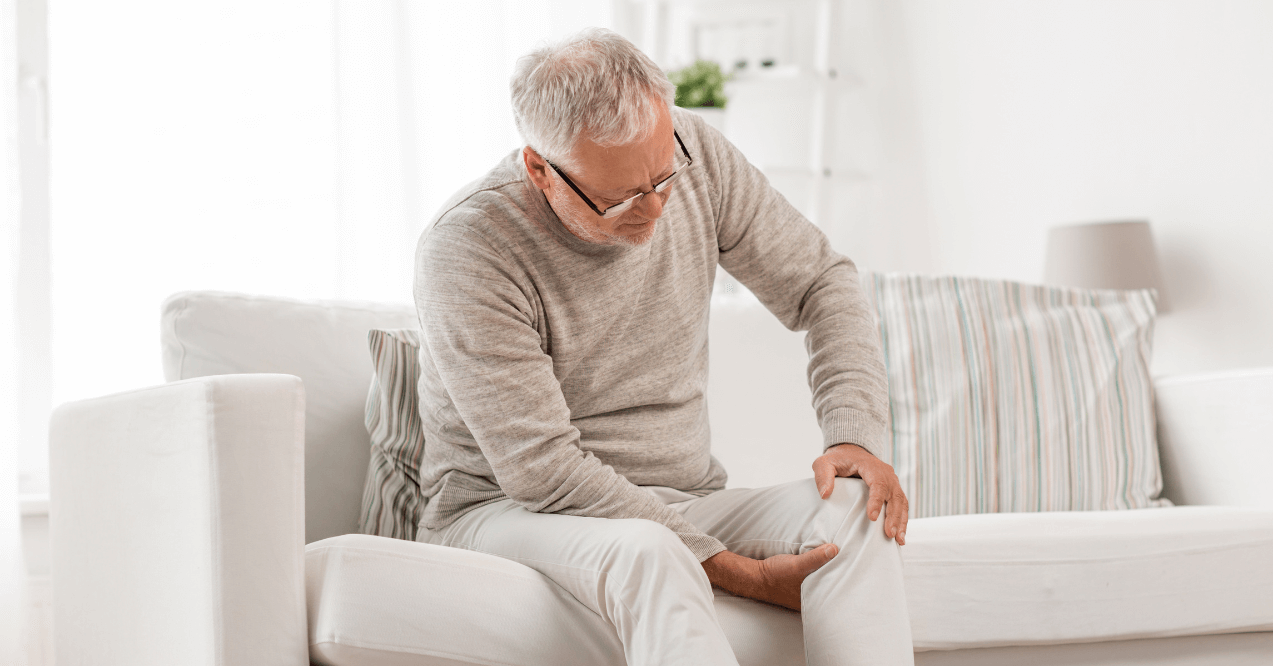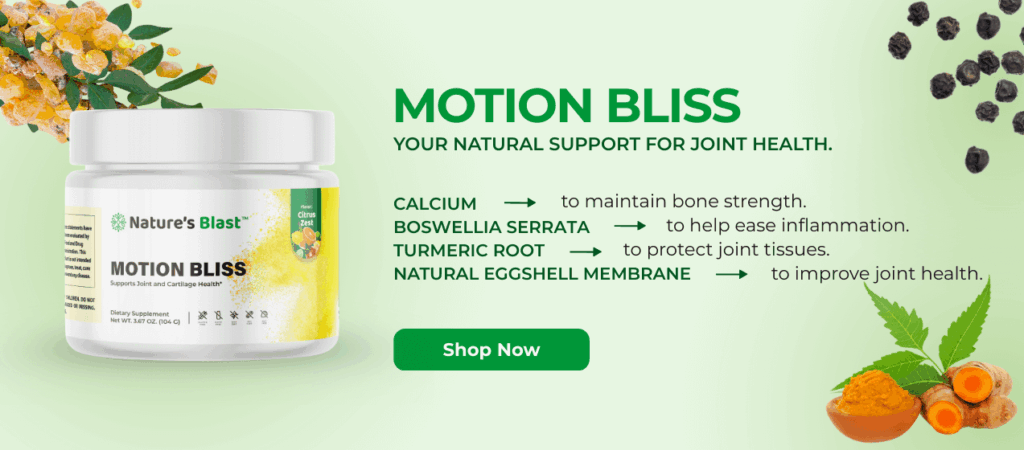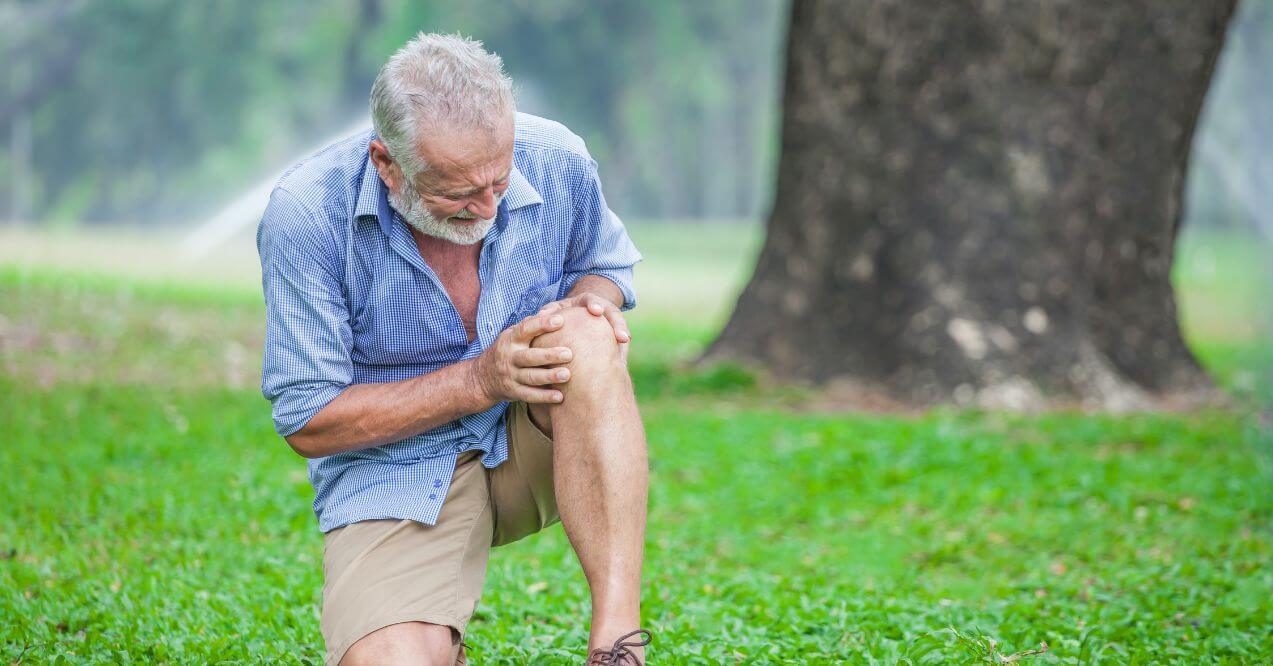How to Stop Joint Pain When It Rains: 5 Effective Strategies
Medically reviewed by our experts


The link between shifting weather and joint discomfort is something many people recognize. That familiar ache in your knees, hips, or shoulders before rainfall is more than coincidence—it’s a shared experience worldwide. While researchers still explore how these changes work, those with weather-sensitive joints already feel the effects directly in daily life.
This guide explains how to stop joint pain when it rains, why certain conditions trigger discomfort, and which strategies help. Understanding these weather-related shifts allows you to take practical steps that protect mobility and reduce pain regardless of changing forecasts.
How Weather May Affect Joints?
For centuries, people have noticed a connection between changing weather and joint discomfort, even though science has not fully explained it. When the atmosphere shifts, particularly during rainfall, several factors may combine to influence how your joints feel.
Key weather factors affecting joint comfort include:
- Barometric pressure drops – tissues surrounding the joints may expand slightly, pressing on nerves and triggering discomfort. Many seeking barometric pressure pain relief say their aches warn them of approaching storms.
- Temperature fluctuations – cooler air thickens synovial fluid, making movement feel less smooth and flexible.
- Cold conditions – muscles tighten around sensitive joints, creating stiffness and limiting mobility.
- Humidity level changes – pressure within the joint capsule and tissue hydration can shift, adding to discomfort.
While individual responses vary greatly, knowing these mechanisms helps you prepare effective strategies. Instead of seeing your weather-sensitive joints as a burden, you can use this knowledge to plan ahead. By learning how to stop joint pain when it rains, you can protect mobility and comfort no matter what the forecast brings.
Which Types of Weather Trigger Joint Discomfort?
Not all weather conditions affect joints equally. Understanding which specific weather patterns trigger discomfort can help you prepare appropriate management strategies.
| Weather Condition | Impact on Joints | Why It Happens |
|---|---|---|
| Cold Weather | Joints feel stiffer and more painful | Blood vessels constrict, reducing circulation; synovial fluid thickens, making movement harder until warmed up |
| Rainy Conditions | Discomfort often increases before and during rainfall | Barometric pressure drops allow tissues to expand slightly, irritating nerves; combined with lower temperatures |
| High Humidity (>80%) | Amplifies the feeling of cold and worsens joint discomfort | Moisture in the air makes low temperatures feel harsher |
| Low Humidity (<30%) | May increase friction and stiffness in joints | Reduced moisture in tissues can lower lubrication |
| Rapid Humidity Changes | Body struggles to adapt, triggering joint sensitivity | Fluctuations challenge fluid balance in tissues |
| Hot, Dry Conditions | Mixed effects: relief for some, worsening discomfort for others | Inflammatory conditions may flare in heat, while mechanical joint issues may ease |
| Temperature Fluctuations | Stronger, more noticeable joint discomfort | Quick changes in temperature and pressure stress joint tissues and nerve endings |
Weather’s influence on joints isn’t always straightforward. For some people, cold and rain consistently worsen discomfort, while others may notice stronger reactions during sudden shifts or even in hot, dry climates.
How to Stop Joint Pain When It Rains?

When storm clouds gather, many people feel the weather in their joints before seeing the first raindrop. Understanding how to stop joint pain when it rains involves implementing several practical strategies that can make a significant difference in your comfort level.
1. Maintain Warmth with Proper Clothing
Smart layering provides effective protection against weather-triggered joint discomfort. When temperatures drop, knee and hip pain in cold weather often intensifies as reduced circulation affects joint mobility.
Consider these practical approaches:
- Thermal underlayers to trap body heat
- Lightweight, breathable middle layers
- Waterproof outer shells to stay dry
Compression garments can provide additional support by promoting circulation and reducing swelling in vulnerable joints. Focusing on proper coverage for commonly affected areas – like knees, hands, and ankles – helps maintain consistent warmth. Keep a pair of lightweight, water-resistant gloves in your bag during rainy seasons to protect sensitive finger joints from both cold and dampness.
2. Engage in Gentle Movement
Staying active during rainy weather helps maintain joint flexibility despite changing atmospheric conditions. Gentle movement promotes circulation of synovial fluid – the natural joint lubricant – which can reduce stiffness and discomfort.
Consider these low-impact activities:
- Light stretching for 5–10 minutes after waking
- Indoor walking in short intervals
- Chair yoga for mobility without strain
The key is consistency rather than intensity. Brief movement sessions throughout the day prove more beneficial than a single longer workout. Even during periods of increased discomfort, finding modified ways to maintain movement helps prevent the cycle of pain leading to inactivity, which often worsens joint stiffness.
3. Use Heat Therapy
Applied warmth can effectively counter the effects of damp, cool weather on joint comfort. Heat therapy works by expanding blood vessels, improving circulation, and relaxing tight muscles surrounding affected joints.
For those experiencing knee joint pain at night during rainy periods, applying heat before bedtime can improve sleep quality.
Effective heat therapy options include:
- Electric heating pads (15–20 minutes)
- Microwaveable packs that mold to joints
- Warm baths or showers, especially in the morning
Alternate heat application between affected areas rather than trying to treat all joints simultaneously. This approach allows you to maintain proper temperature and avoid overheating. For persistent discomfort, consider layering heat therapy with appropriate clothing to extend the benefits.
4. Stay Hydrated
Proper hydration plays a crucial role in joint function yet remains overlooked when managing weather-related discomfort. Well-hydrated joints contain adequate synovial fluid, which reduces friction and supports smooth movement.
Water intake guidelines:
- Aim for 8–10 cups of water daily
- Sip consistently throughout the day
- Add hydrating foods like cucumber, celery, and watermelon
For those who find it challenging to maintain adequate hydration through water alone, Motion Bliss offers an innovative solution that supports joint health while helping you stay hydrated. Endorsed by Dr. Holly Lucille RN, ND, this specialized supplement works by maintaining optimal pH balance in synovial fluid with Calcium, while Natural Eggshell Membrane provides essential compounds that support cartilage strength and resilience.

Simply mix with water to create a refreshing beverage that promotes joint comfort and mobility from within, especially beneficial during weather changes that typically trigger discomfort.
5. Consult with a Physical Therapist
Working with a physical therapist provides personalized strategies for managing weather-sensitive joints. These professionals can assess your specific movement patterns and create targeted strengthening programs that address underlying vulnerabilities.
A physical therapist can:
- Identify muscle imbalances that strain joints
- Recommend strengthening exercises
- Suggest safe modifications during flare-ups
- Provide guidance if treatments like injections stop working
The most effective approach typically combines preventative strengthening with management techniques for weather-triggered flare-ups. A qualified physical therapist can teach proper form for exercises and help you recognize when to increase intensity versus when to focus on gentle movement. They can also discuss what next if facet joint injections don’t work, exploring alternative therapies or further diagnostic steps to help you find relief.
Conclusion
Weather-related joint discomfort doesn’t have to limit activity or independence. Knowing how to stop joint pain when it rains allows you to prepare instead of reacting once pain starts. By combining warmth, gentle movement, hydration, heat therapy, and professional guidance, you create a practical system for comfort.
While no one can change the weather, these methods give you control over how your body responds. With consistency, you can reduce discomfort, maintain mobility, and stay active—even when storm clouds gather overhead.
Your back may hurt during rain due to dropping barometric pressure, which can cause tissues to expand slightly and create tension on nerve endings. Cold, damp conditions may also increase muscle tension throughout your back region.
Joints hurt when cold because low temperatures reduce blood flow, thicken synovial fluid, and increase muscle tension around joints. This often leads to stiffness, reduced flexibility, and increased sensitivity in areas like knees, hips, and shoulders.
Body aches during rain typically stem from barometric pressure changes affecting joint tissues and nerve sensitivity. Temperature drops can also increase muscle tension and thicken synovial fluid, making movement less comfortable throughout your body.
Barometric pressure changes can allow tissues surrounding joints to expand or contract, potentially irritating nerve endings. These shifts may also affect fluid dynamics within the body, influencing joint capsule pressure, tissue hydration, and overall comfort.
Knee joint pain at night often worsens in cold or rainy weather due to reduced circulation, swelling, and barometric pressure drops. Applying heat before bed, wearing supportive clothing, and keeping your legs elevated can improve nighttime comfort.
FAQ
References

